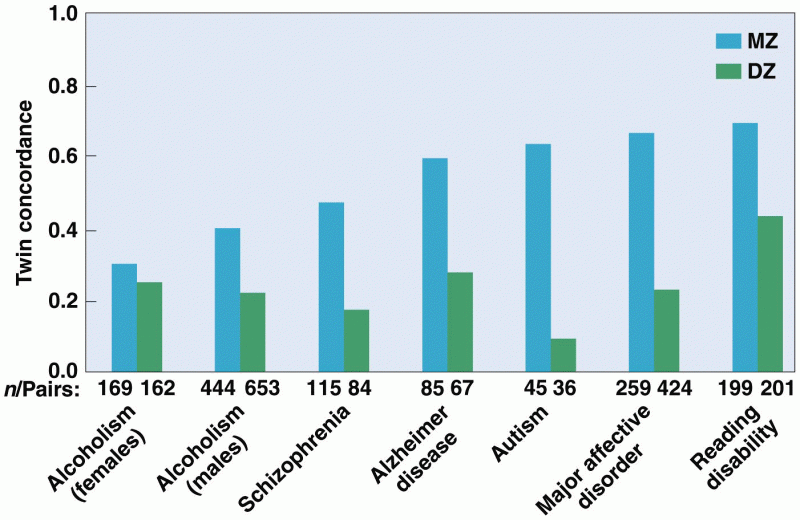Answer to Question 1ANSWER:Was
there an identifiable production concept, unifying metaphor, or interpretational
approach? If so, what was it, and how was it manifested in the production?
How closely did the production adhere to the play? Did the production alter time, place, or
other aspects of the play? Did the production make the play relevant to its audience? If so,
how?
How did the director's casting choices influence the production?
What effect did the performer-audience arrangement or configuration have on the
performance? Did the director's staging take advantage of this relationship? If so, in what
ways?
Did the director's staging clearly convey the action? How was the staging used to clarify
character relationships or emphasize important actions?
Did the director's staging create any memorable images or visualizations? If so, which?
What overall effect did these have on the production?
Was there appropriate variety in mood and tempo? Did the action, as a whole, build to a
climax or have a discernible pattern or shape? What effect did this have on the audience?
Did the production make use of any unusual conventions? If so, which? To what effect?
Were the production design elements coordinated to support the action and the production
concept? If not, what aspect seemed out of place or inconsistent with the rest? Did the
director make any specific use of the design elements? With what effect?
Overall, did the production achieve its apparent goals? If not, where did it fall short?
What were the overall results?
Answer to Question 2ANSWER:Movement
gives emphasis because it catches the eye and directs attention.
Movement helps define character and mood.
Movement clarifies situation through its tempo and quality.
Movement may provide contrast and build scenes to a climax through its type, size, and
tempo.
Movement provides variety.
Movement may indicate dramatic type or style.
In voice and speech, the dialogue should be audible and comprehensible to the entire
audience.
In voice and speech, the performers' vocal qualities should be appropriate to their
characters.
In voice and speech, the performers' inflectional patterns and volume should be
appropriate not only to the characters but also to specific situations and the meaning of
their lines.
In voice and speech, the tempo and rhythm of the performers' dialogue should vary
appropriately in accordance with the changing dynamics of the action.







